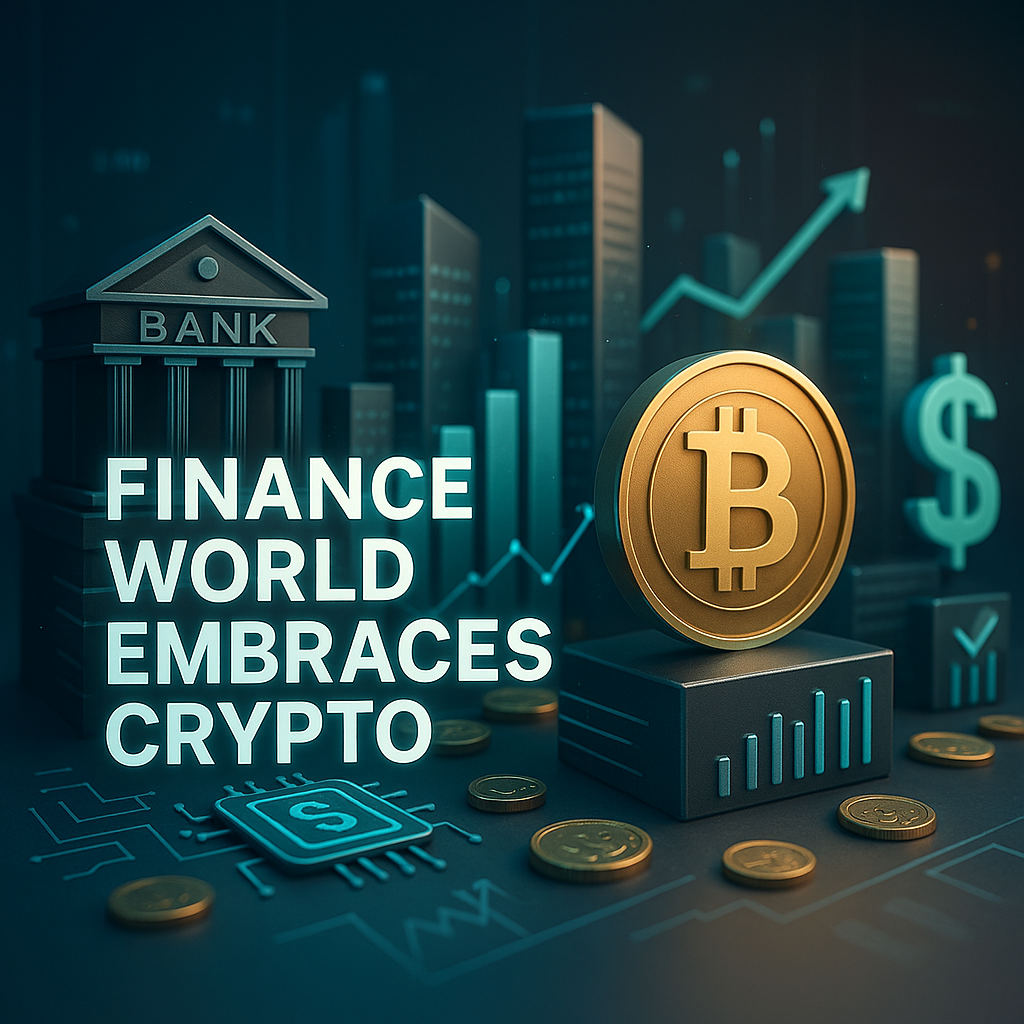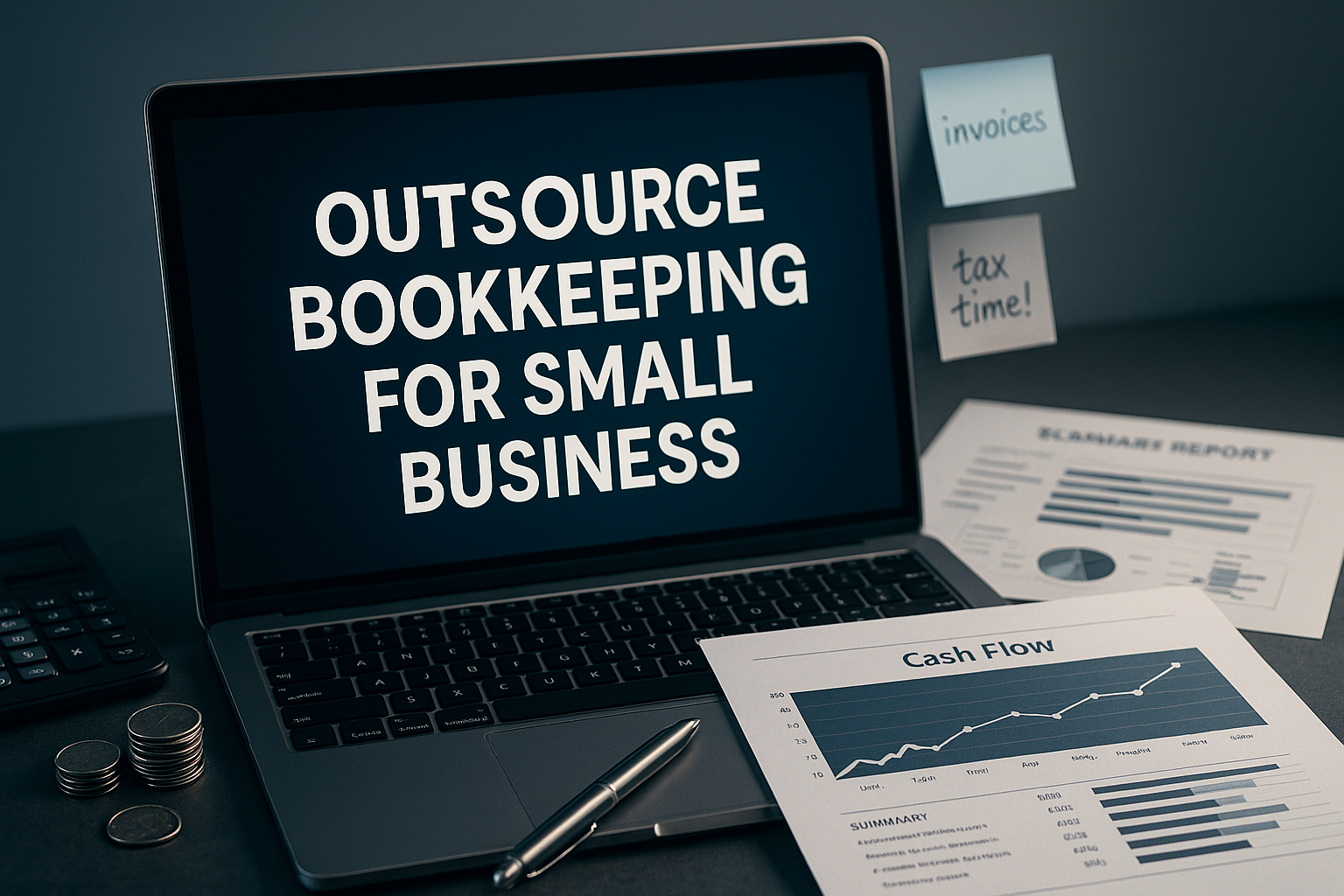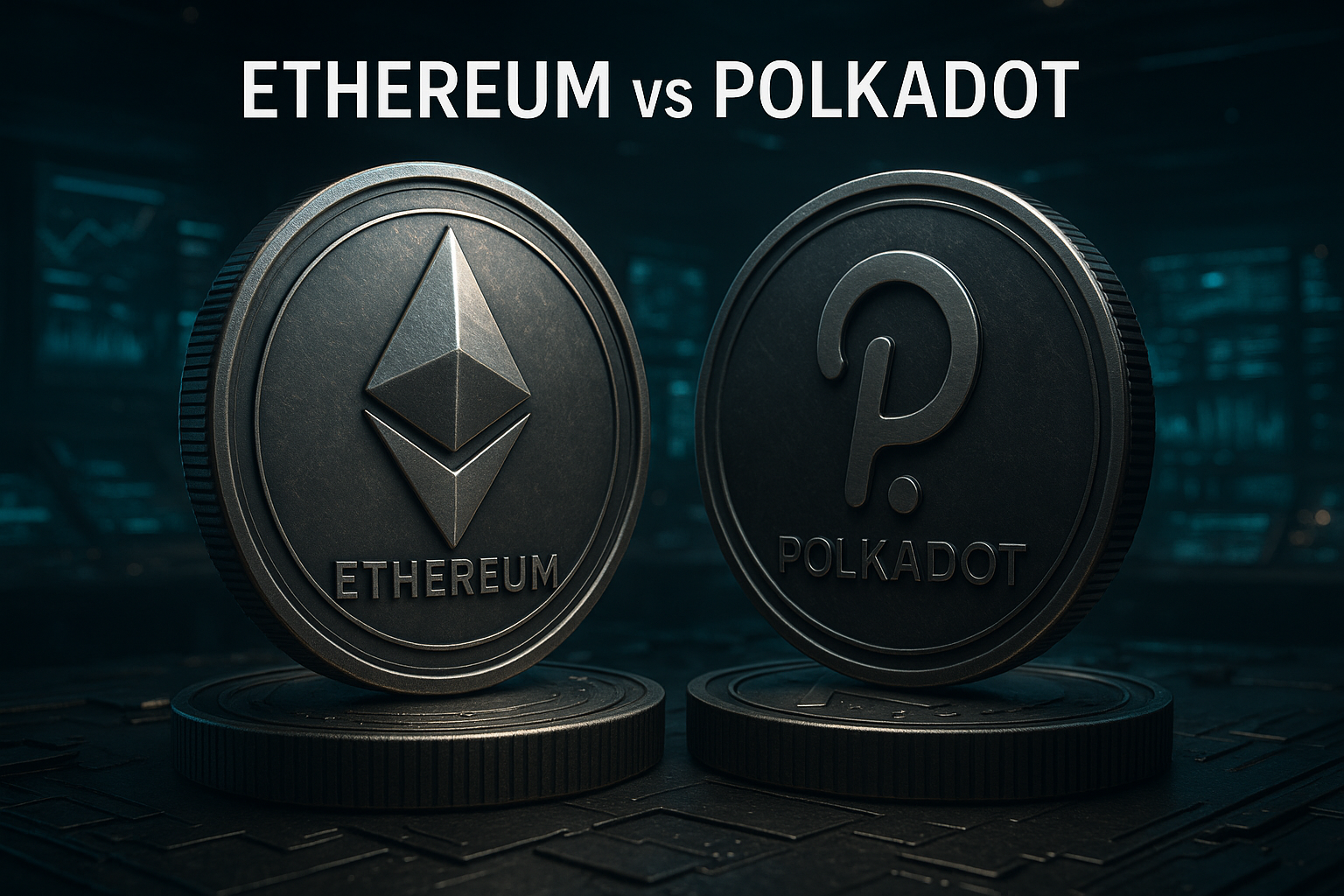How Traditional Finance Is Getting a Structural Upgrade
Once dismissed as a fringe experiment or speculative bubble, cryptocurrency has now become a catalyst for transformation across the global financial system.
From institutional investors to central banks, payment processors to asset managers — the world of traditional finance (TradFi) is no longer resisting crypto.
Instead, it’s absorbing it.
The finance world is embracing crypto not as a disruption — but as a structural upgrade.
This blog breaks down why that’s happening now, how it’s reshaping financial institutions, and what it means for business owners, investors, and the future of money itself.
From Distrust to Integration — What Changed?
🚫 Then: Crypto was seen as…
A threat to central banks
A risk for compliance-heavy institutions
A space riddled with scams and speculation
✅ Now: It’s seen as…
A parallel financial infrastructure
A hedge against inflation and currency risk
A tech innovation layer for faster, borderless transactions
So what changed?
Institutional access improved (e.g., ETFs, custody solutions, compliance platforms)
User adoption soared — over 420M crypto users globally by 2024
Regulatory clarity in major markets (U.S., EU, Middle East, parts of Asia)
DeFi innovations forced a rethink of finance infrastructure
The old question was: “Can crypto survive regulation?”
The new question is: “Can legacy finance survive without crypto integration?”
5 Ways Crypto Is Reshaping Traditional Finance
Here’s how the finance industry is quietly (and not-so-quietly) reconfiguring itself around blockchain and crypto principles:
1. Tokenization of Assets
Banks and investment firms are digitizing real-world assets like real estate, art, bonds, and commodities into tokens for fractional ownership and instant settlement.
→ Goldman Sachs, JP Morgan, and BlackRock are building tokenized asset platforms.
2. Stablecoins for Settlement
Cross-border payments are being overhauled using regulated stablecoins like USDC and USDT. They reduce transaction times from days to seconds and eliminate multi-layered fees.
→ Visa and Mastercard now support stablecoin settlement on select networks.
3. Custody Infrastructure
Big banks are offering crypto custody — acting as digital vaults for institutions to safely hold Bitcoin, Ethereum, and other assets.
→ BNY Mellon, Fidelity, and Deutsche Bank now have crypto custody divisions.
4. Decentralized Finance Partnerships
TradFi firms are now partnering with DeFi protocols to provide on-chain yield products, smart contract–based lending, and blockchain clearing.
→ Société Générale issued a bond directly on the Ethereum blockchain.
5. Crypto ETFs and Public Funds
Investment firms now offer crypto exposure through regulated ETFs, trusts, and ETPs — allowing compliance-friendly portfolio allocation.
→ In 2024, the U.S. approved the first spot Bitcoin ETFs.
Why This Is a Structural Upgrade — Not Just a Trend
This isn’t just hype — it’s architecture.
Crypto is reshaping how finance works at the foundation level:
| Legacy Finance | Crypto-Integrated Finance |
|---|---|
| T+2 settlement delays | Instant/real-time settlement |
| Manual reconciliation | Transparent, programmable ledgers |
| Central clearing | Peer-to-peer smart contracts |
| Geographic limitations | Borderless finance |
| High intermediary fees | Minimal decentralized fees |
Just like email didn’t kill physical mail overnight, crypto isn’t replacing banks — but it is making them upgrade their rails.
And that changes everything.
Who Benefits Most from Crypto-Integrated Finance?
The impact isn’t limited to institutions. Here’s who else benefits:
✅ Freelancers & Remote Workers
Get paid in USDC globally — no more 5-day wire delays or high conversion fees
✅ Small Business Owners
Access crypto-based loans or tokenized crowdfunding platforms without traditional red tape
✅ Retail Investors
Invest in fractions of real estate, blue-chip art, or index-like crypto funds
✅ Emerging Economies
Hedge against local currency devaluation via Bitcoin or stablecoins
This isn’t just about investing in crypto. It’s about how crypto is becoming the investing and payment system itself.
Where It’s Going Next (and What to Watch)
We’re in the early innings of finance’s transformation. Here’s what to watch:
CBDCs (Central Bank Digital Currencies): Governments integrating blockchain at sovereign levels
On-chain identity & credit scoring: Decentralized financial identity replacing credit bureaus
Smart contracts in insurance, lending, and payroll
Tokenized stock exchanges and decentralized brokerage platforms
Interoperable stablecoin payments between TradFi apps
What’s clear? The long-term direction is blockchain-based infrastructure — with crypto at the center.
Mini Summary
Traditional finance isn’t fighting crypto anymore — it’s learning from it, partnering with it, and in many cases, rebuilding around it.
From tokenized assets to stablecoin rails and DeFi partnerships, we are witnessing the biggest upgrade to the financial system since the internet.
And as these trends go mainstream, every entrepreneur, investor, and operator must learn the new playbook.
Conclusion: Crypto’s Role in the Financial Future — Practical, Not Philosophical
In the early 2010s, crypto was seen as radical.
In the 2020s, it became speculative.
Now in the mid-2020s — it’s becoming standardized infrastructure.
You don’t have to be a blockchain expert or own altcoins to care. You just need to understand:
Crypto isn’t a niche anymore — it’s the new financial logic.
As this macro shift accelerates, those who learn early, integrate early, and adapt wisely will thrive.





